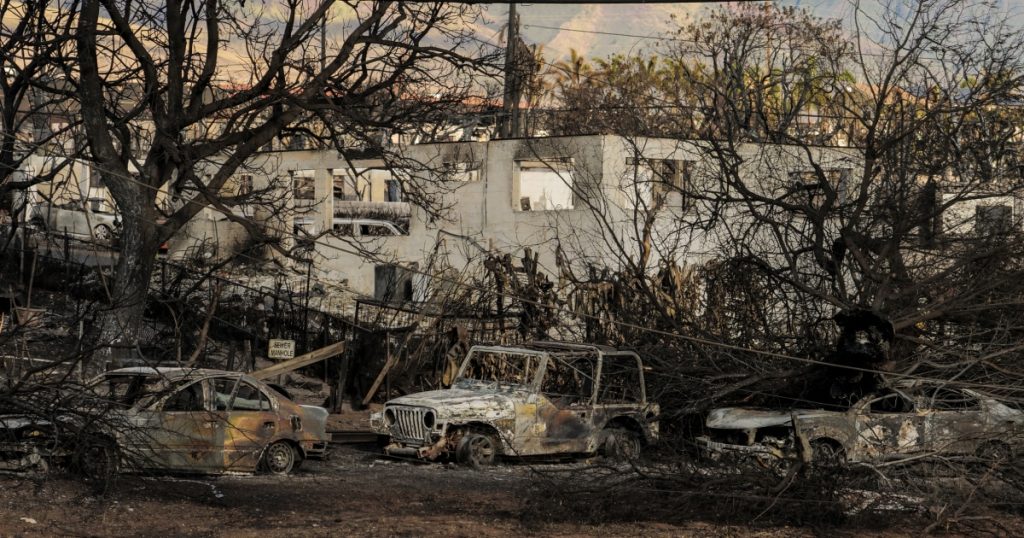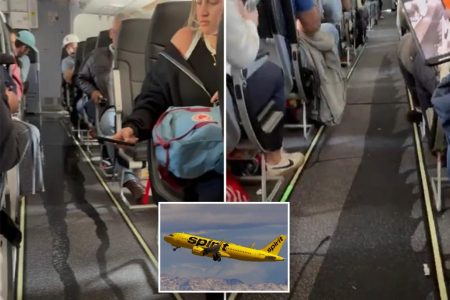The report details the harrowing rescue of a crew caught in a truck surrounded by flames and downed power lines in Lahaina, Hawaii. One crew member managed to escape in a smaller vehicle and return with police officers to evacuate the crew, who huddled by the truck to avoid the extreme heat. Fire Chief Brad Ventura expressed his pride in the response of the firefighters but acknowledged that improvements can always be made, such as keeping all back-up vehicles ready to go and creating a statewide mutual aid program and evacuation plan for residents and tourists who may speak different languages.
Following a windstorm that downed power lines and caused debris to block roads in Lahaina, a fire broke out early on August 8, leading to chaos and destruction throughout the town. Hawaiian Electric admitted that one of its power lines fell and caused a fire, although it denies that this morning fire led to the larger one later in the day. Roughly 40% of Maui County’s firefighting resources were already engaged in battling other wildfires on the island, leaving a smaller team to respond to outbreaks in Lahaina. Despite efforts to control the morning fire, flames quickly reignited and spread into a major subdivision.
Communication issues exacerbated the situation, with cellphone and internet service down in the area at times, making it difficult for residents to call for help or receive information about the fire. Emergency officials also did not use Hawaii’s emergency sirens to warn residents of the danger. The report recommends analyzing the island’s cellular system to prevent such breakdowns in the future. High winds further hindered communication among first responders, while overwhelmed 911 operators and dispatchers struggled to handle the influx of calls.
The report underlines the historical and environmental factors that contributed to the severity of the fire on Maui. The conversion of land into pineapple and sugar plantations in the 19th century left fallow lands covered in invasive grasses, which, combined with prolonged drought, created a highly flammable environment. The firefighters faced difficult decisions with the information available to them and were forced to confront the rapidly spreading flames while responding to other emergencies on the island. Traffic jams due to road blockages led some to become trapped in their vehicles, while others sought refuge near the ocean to escape the fire.
Overall, the report stresses the need for continued improvement in emergency response measures, including better coordination of resources, communication systems, and evacuation plans. It also highlights the resilience and bravery of the firefighters and first responders who risked their lives to rescue residents and battle the flames amid challenging circumstances. By addressing the recommendations outlined in the report, Hawaiian officials can enhance their preparedness for future disasters and ensure the safety and well-being of the community.















